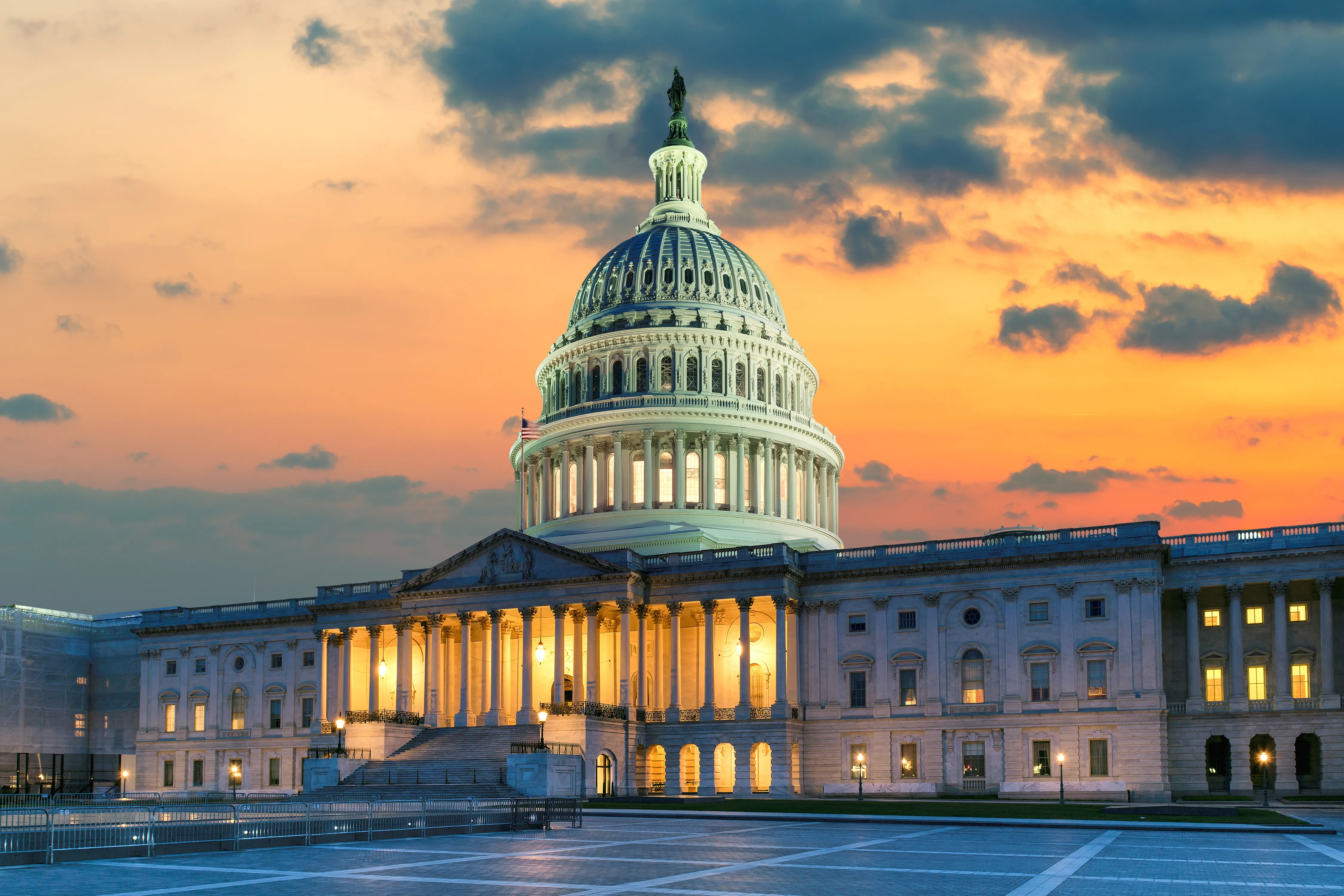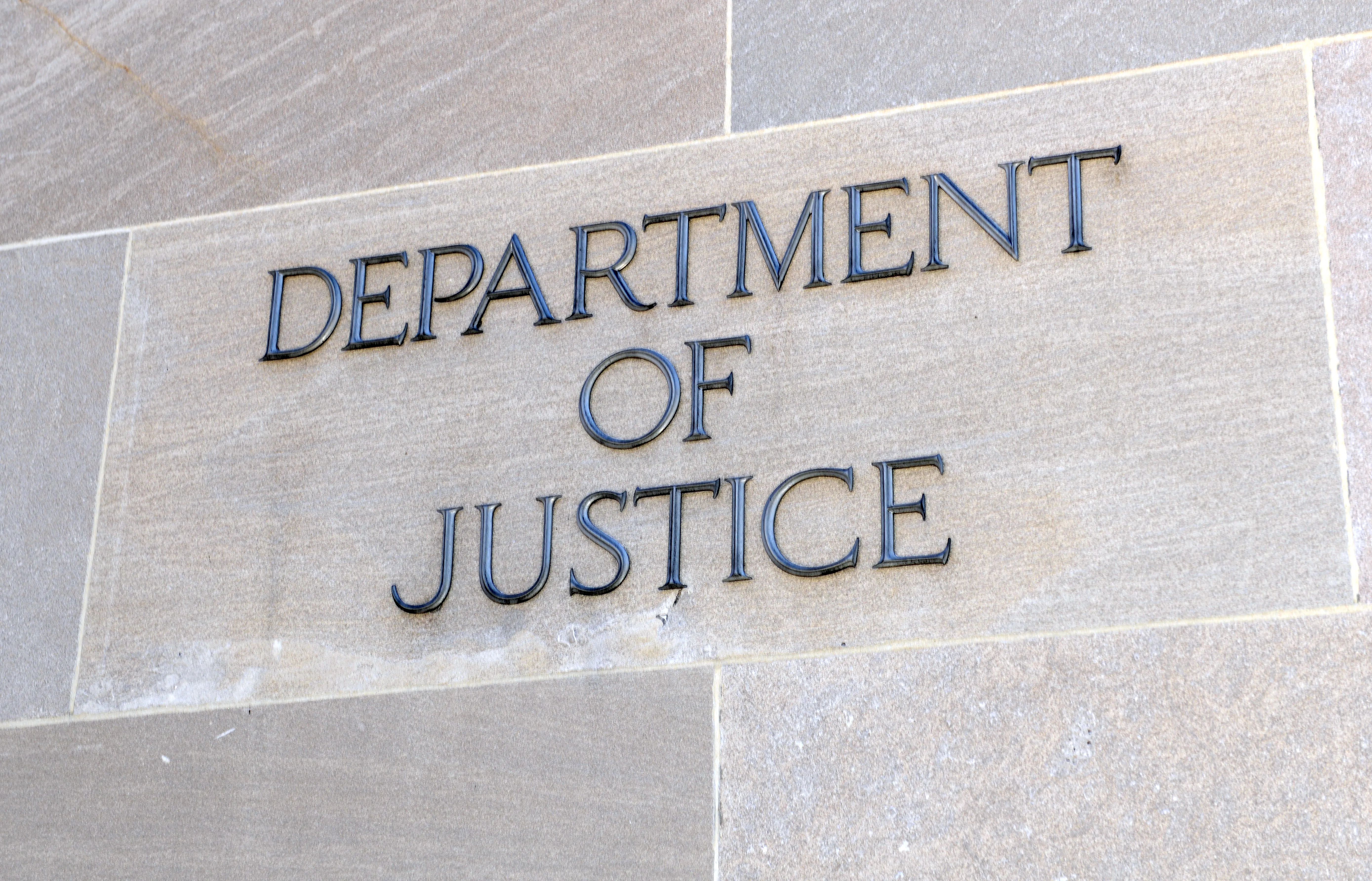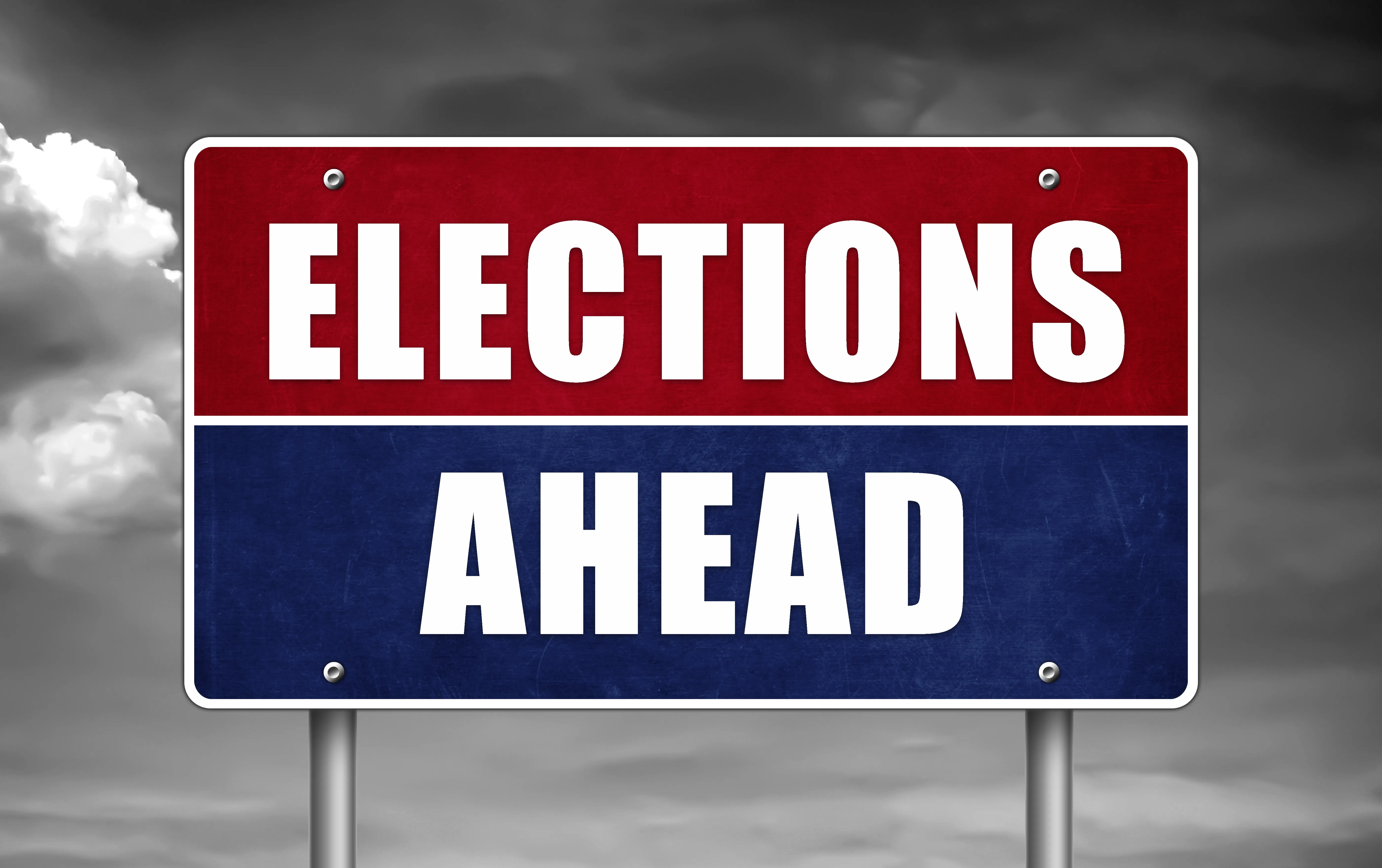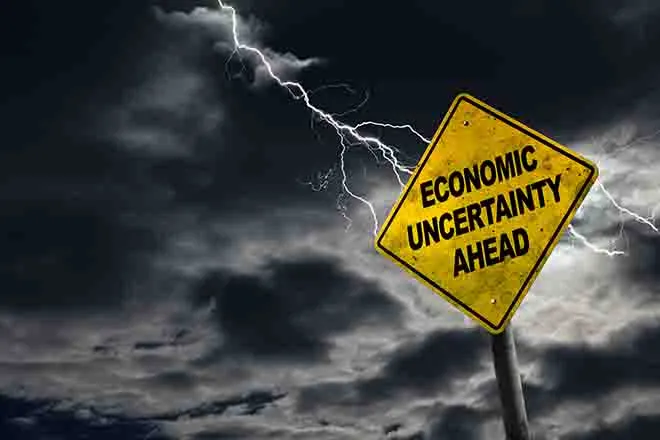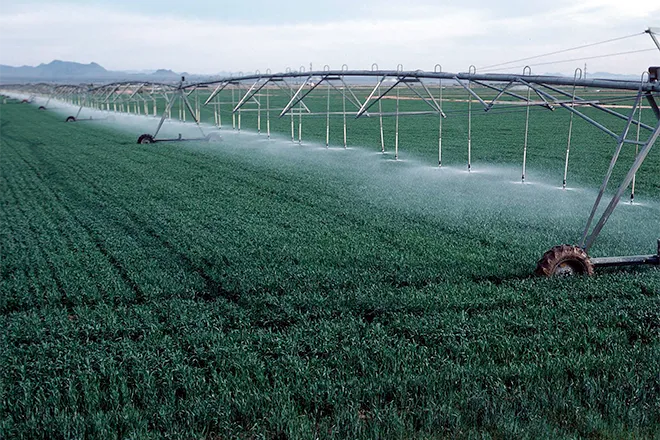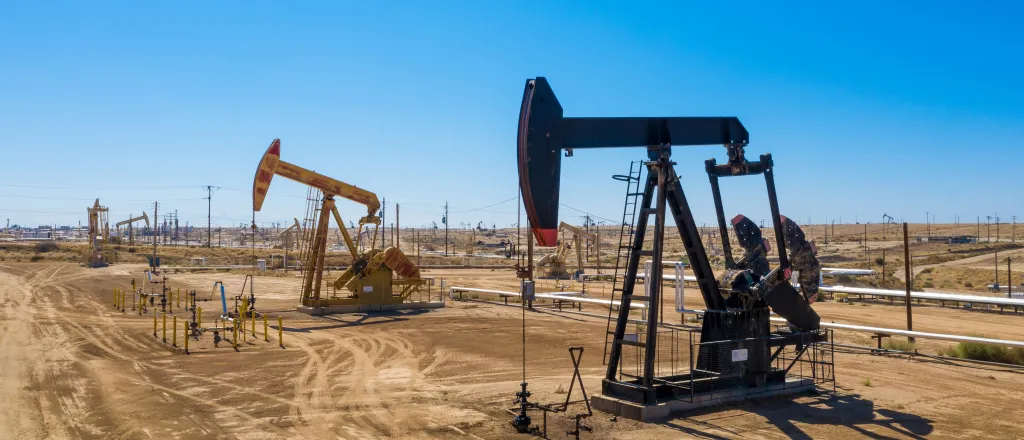
Drilling ban, lease moratorium on federal lands would cause 'significant fiscal and economic losses' for western states, Wyoming study finds
(The Center Square) – Restricting oil and gas development on federal lands in eight western states would prove costly, according to a new study released Tuesday by the state of Wyoming.
President-elect Joe Biden’s incoming administration is expected to get to work immediately to reinstate stricter federal energy regulations and environmental protections that were rolled back during the Trump administration. Biden plans to ban new leases for oil and gas development on federal lands as part of his climate plan.
A moratorium on leases or a ban on oil and gas drilling on federal lands would pose serious problems for states like Wyoming that rely heavily on tax revenue from energy development, Gov. Mark Gordon warned during a Tuesday news briefing announcing the study.
“The economic predictions are devastating, to be blunt, to Wyoming,” he said.
“Overall this study finds that there are significant fiscal and economic losses associated with policies that restrict oil and gas development on federal lands,” said the study, which was written by Dr. Tim Considine, an energy economics professor at the University of Wyoming. The study, which has not been peer reviewed, was authored for the Wyoming Energy Authority and funded by the Wyoming Legislature.
A ban on oil and gas drilling on federal lands would mean a loss of 350,000 jobs and $670.5 billion in gross domestic product (GDP) in Wyoming, New Mexico, Colorado, Utah, Montana, North Dakota, California, and Alaska by 2040, according to the study.
A federal lease moratorium would result in an additional $639.7 billion hit to GDP in those states by 2040, the study also estimates.
Considine noted during the study’s announcement that declines in oil and gas prices have posed problems for Western states that rely on the tax revenue, especially in Wyoming and New Mexico.
“Proposals to restrict oil and gas development such as a leasing moratorium or drilling ban would make a bad situation worse,” he said. “Many states with federal lands have highly productive oil and gas assets that await development. These policies block access to these assets and forgo income that could be earned from their development.”
Wyoming would lose on average $304 million per year in oil and gas tax revenue in the first five years under a lease moratorium, and on average $345 million per year in revenue in the first five years under a drilling ban. The state would see a $20.7 billion loss in oil and gas tax revenue in the next 20 years under a drilling ban, the report forecasts.
New Mexico would see even steeper revenue losses under the study’s forecasts. The state would lose on average $946 million per year in oil and gas tax revenue in the first five years under a lease moratorium, and on average $1.2 billion per year in tax revenue in the first five years under a drilling ban. A drilling ban would cause the state a $48 billion loss in oil and gas tax revenue over the next 20 years.
States have seen their share of revenue from energy development on federal lands plunge since fiscal year 2019, according to federal revenue data.
Cumulative U.S. Department of Interior disbursements, which include disbursements paid to states for energy development, totaled $8 billion in 2020, down from $11.69 billion in 2019. New Mexico saw its disbursement drop from $1.17 billion last year to $706.96 million this year, while Wyoming saw a drop from $641.11 million last year to $457.47 million this year.
Kathleen Sgamma, president of the Denver-based Western Energy Alliance, an energy industry trade group, warned that a drilling ban from the Biden administration “would be devastating to the economies of Western states by eliminating thousands of jobs just as Americans are struggling to recover from the pandemic.”
Curtailing oil and gas drilling on federal lands also poses funding issues for conservation projects that rely heavily on energy development revenue.
Earlier this year Congress passed the Great American Outdoors Act (GAOA), signed into law by President Donald Trump in August, which fully funds the Land and Water Conservation Fund (LWCF) with $900 million. The law also created the National Parks and Public Land Legacy Restoration Fund to pay for $20 billion in deferred maintenance projects on federal lands.
Both funds, however, draw their revenue from oil and gas leases and drilling on federal lands and waters.
The GAOA directs half of all unobligated energy development revenue disbursed to the U.S. Treasury from the Department of Interior – or up to $1.9 billion annually – to go toward the Restoration Fund.
The U.S. Department of the Interior must disburse at least $3.8 billion in unobligated revenue to the Treasury in order for the fund to receive its full allocation. This year, however, the DOI disbursed $2.88 billion, so in 2021 the fund will likely receive an estimated $1.44 billion – well under the maximum amount it can receive each year.
The Restoration Fund would have been fully funded in only one of the last four years, according to data from DOI.
“As this year has clearly shown, energy markets can be volatile and unpredictable,” said Tate Watkins, a research fellow with the Bozeman, Mont.-based Property and Environment Research Center (PERC). “That can make for unreliable funding for programs dependent on federal energy revenues – including conservation and recreation programs.”
PERC recently released a report, authored by Watkins, titled “A Better Way to Fund Conservation and Recreation,” which recommends utilizing user-based funding streams for conservation and recreation.
“Arguably, recreationists and conservationists would benefit the most from unshackling funding from energy revenues. Establishing a federal advisory committee could be an initial step toward finding a user-based model that can provide the resources necessary to steward our public lands for future generations,” the report concludes.



